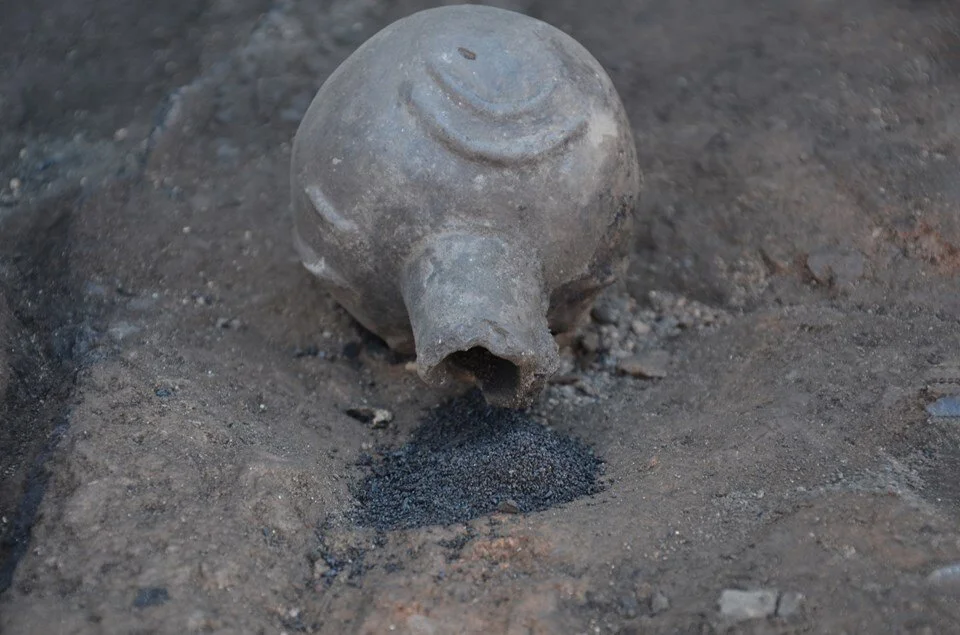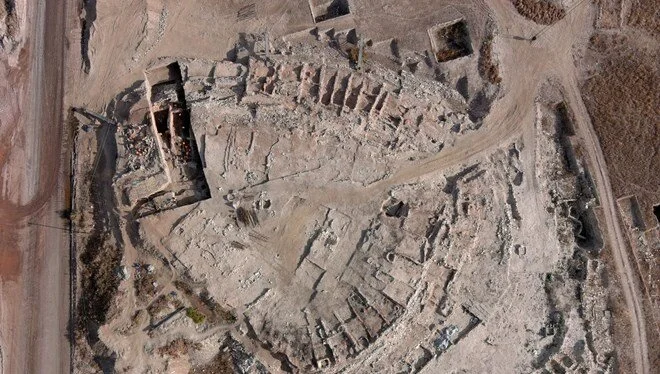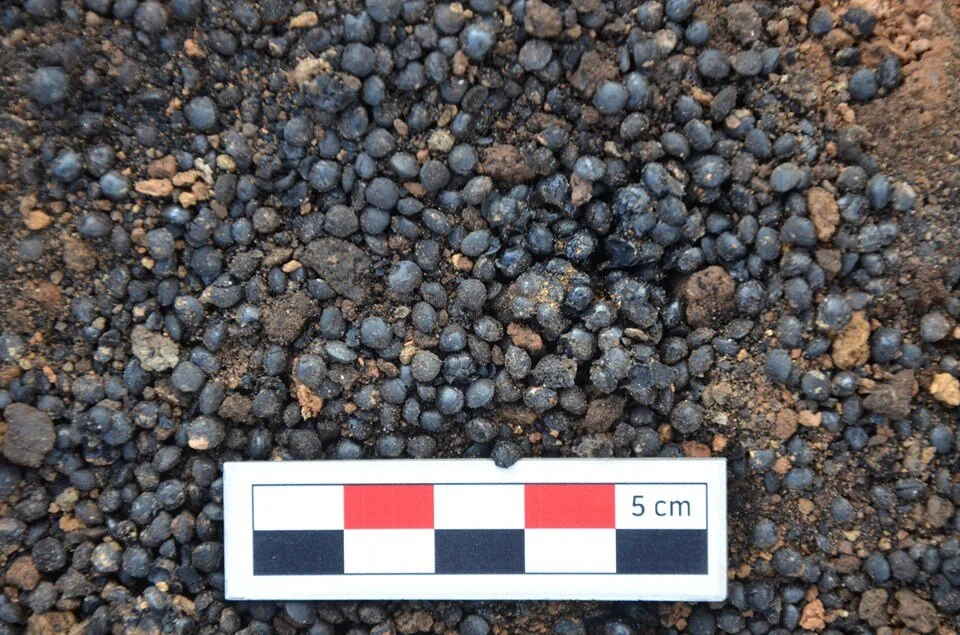
Archaeologists find 5,000-year-old poppy and chickpea grains at thermal power plant site
Turkish archaeologists discovered 5,000-year-old chickpeas and opium poppy seeds in a structure from the Early Bronze Age during rescue excavations at the Seyitömer Mound, located at the thermal power plant site.
Beneath Seyitömer Mound, there are 12 million tons of lignite reserves. Rescue excavations were initiated before coal extraction began. The excavations, which started in 1989, are being conducted under the direction of Dr. Archaeologist Sevgi Gürdal, on behalf of the Kütahya Museum Directorate.
This year, the team is working in the Middle Bronze Age and Early Bronze Age layers during the excavation season.

They encountered rectangular-plan houses consisting of two adjacent rooms. Sevgi Gürdal stated, “What is interesting about these houses is that, although the houses in the upper layers are adjacent, they share common walls, while in the lower layers, each house has its own walls.”
📣 Our WhatsApp channel is now LIVE! Stay up-to-date with the latest news and updates, just click here to follow us on WhatsApp and never miss a thing!!
“We have uncovered all the ovens of the houses along with their hearths and various workbenches, revealing all their internal furnishings. Additionally, we found many kitchen items such as pots, pans, and jugs, as well as artifacts related to daily life, unbaked weights, and containers. This situation indicates that the spaces were used not only as homes but also as workshops.”

Gürdal stated that they have also uncovered agricultural products that shed light on the farming and nutrition of 5,000 years ago. “We have revealed examples such as wheat, lentils, chickpeas, and opium poppy. Among these, chickpeas are significant for the region, as Tavşanlı district is famous for its roasted chickpeas. The opium poppy is particularly interesting. We found opium poppy in gourd-shaped jars and small pots. Opium poppy has economic value for the Kütahya and Afyonkarahisar regions and is still widely used in the food and pharmaceutical industries today. We can concretely say that opium poppy and chickpeas have held economic value in Kütahya for 5,000 years.”
The opium poppy and chickpeas were found neatly arranged in the storage areas of the structures. The buildings were able to survive to this day due to carbonization from having undergone a fire.
You may also like
- A 1700-year-old statue of Pan unearthed during the excavations at Polyeuktos in İstanbul
- The granary was found in the ancient city of Sebaste, founded by the first Roman emperor Augustus
- Donalar Kale Kapı Rock Tomb or Donalar Rock Tomb
- Theater emerges as works continue in ancient city of Perinthos
- Urartian King Argishti’s bronze shield revealed the name of an unknown country
- The religious center of Lycia, the ancient city of Letoon
- Who were the Luwians?
- A new study brings a fresh perspective on the Anatolian origin of the Indo-European languages
- Perhaps the oldest thermal treatment center in the world, which has been in continuous use for 2000 years -Basilica Therma Roman Bath or King’s Daughter-
- The largest synagogue of the ancient world, located in the ancient city of Sardis, is being restored











Leave a Reply